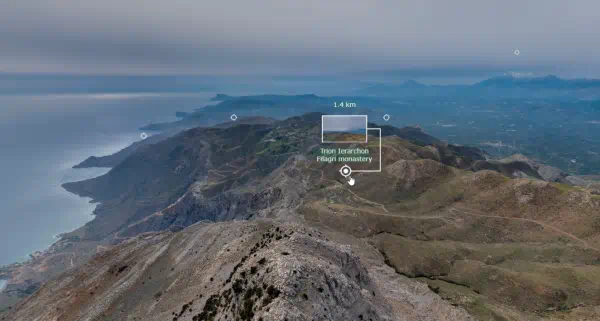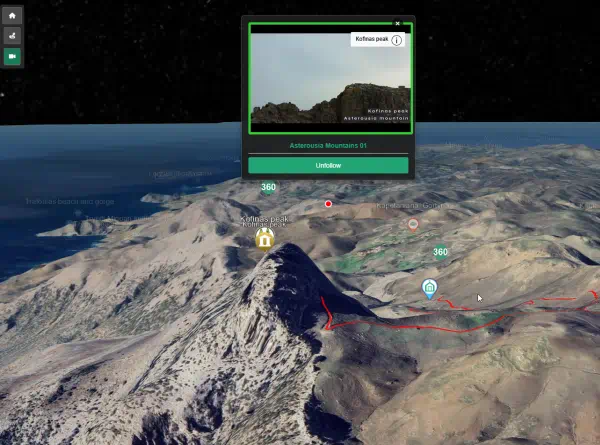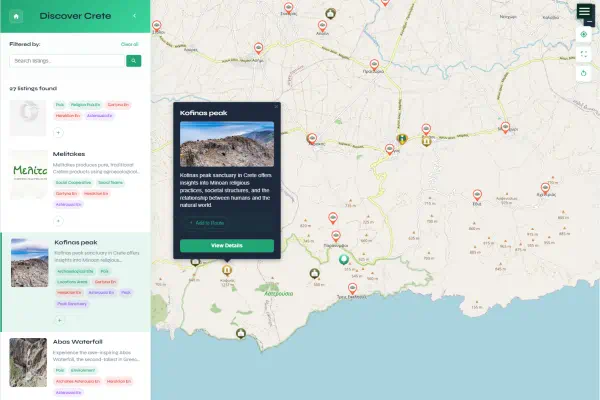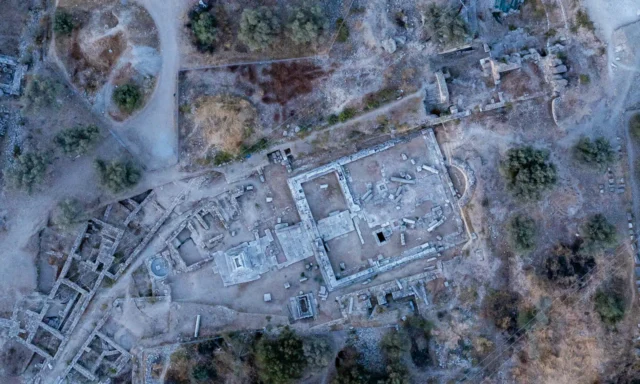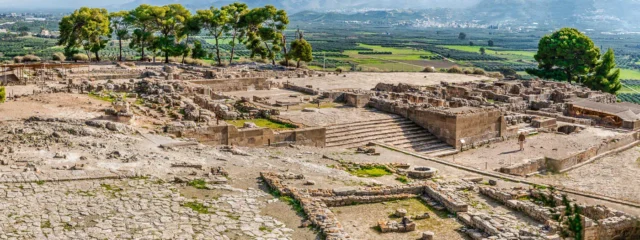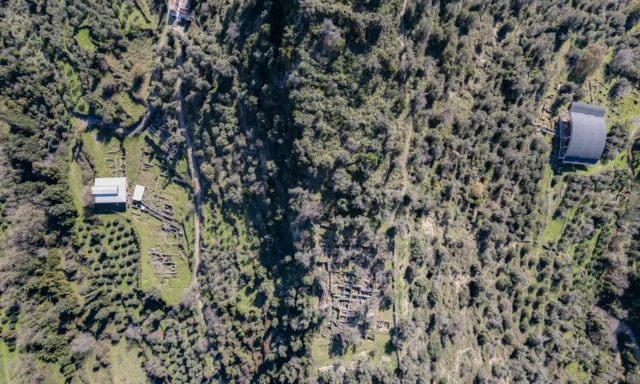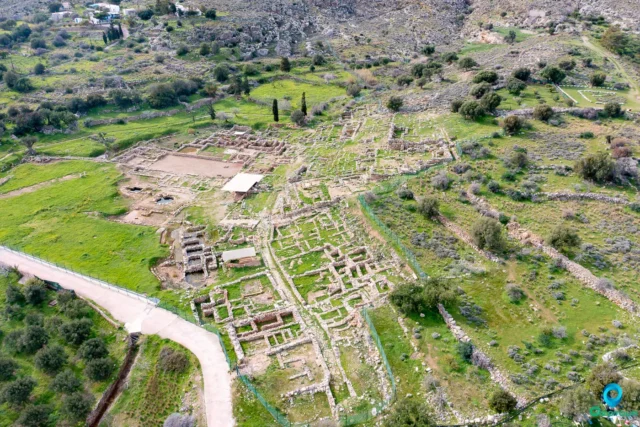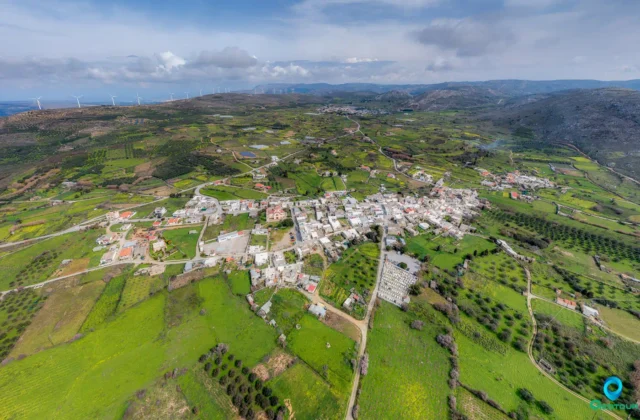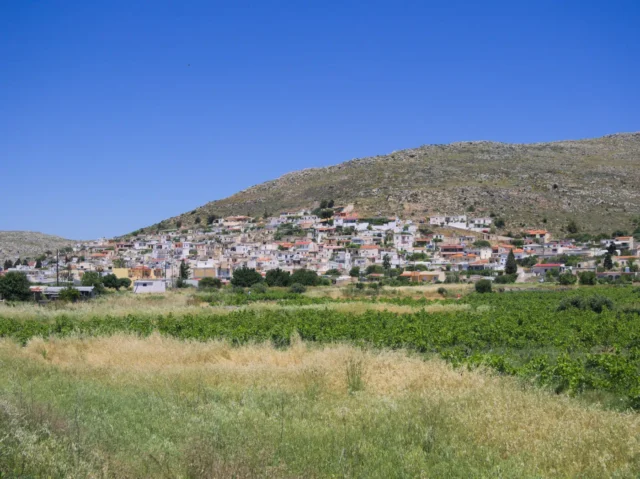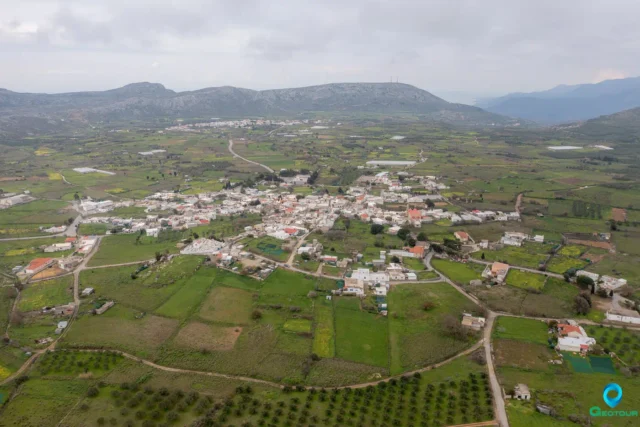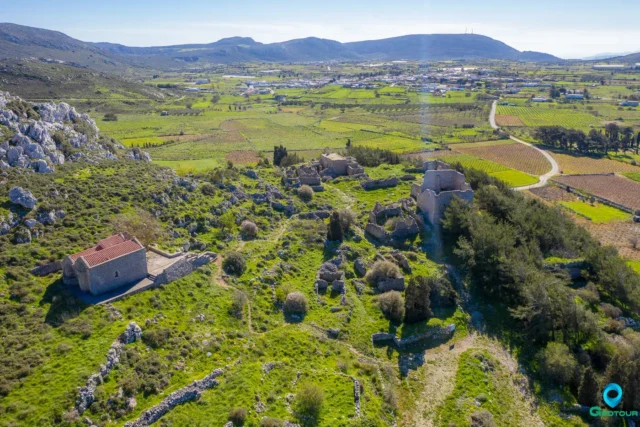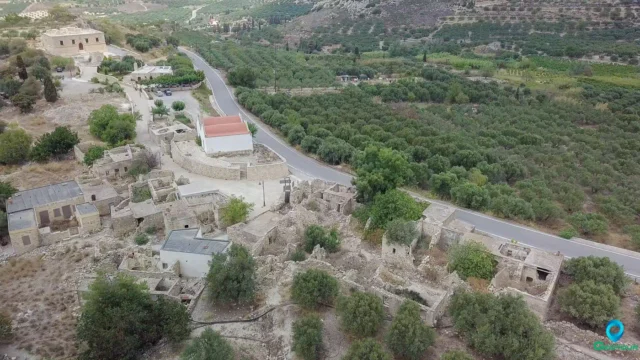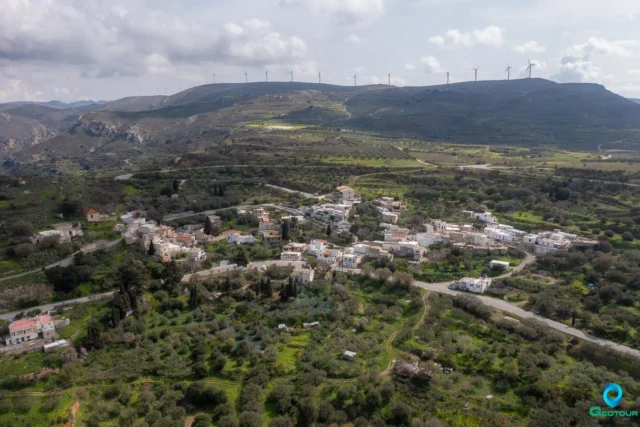The area of Exo Apidi has a rich history dating back to ancient times. The coastal area was home to several ancient cities, including Lenika, Keratos, Erythrai, and Stilai. These cities flourished due to the production of porphyra, a valuable purple dye, which was exclusively processed on the nearby island of Lefki, known today as Koufonisi.
The oldest settlement in the region is Droggari. According to tradition, it owes its name to a druggarios, a Byzantine chiliarch. Droggari is also mentioned in connection with the last Greeks who came to the city to help Palaiologos.
During the Turkish occupation, no Turks settled in any of the community’s settlements due to the mountainous terrain. The villagers resisted the Turkish authorities. The only tax they paid was a bundle of grass that every woman had to offer for the Aga’s horse when he arrived in the village. However, there is a legend of resistance and revenge against the Aga.
The fear of piracy was intense, and many residents lived in the mountains. They watched for the arrival of pirates from various points, hence the well-known place names Vigla, Viglakia, Vigli, Kastelos, Kastelou. They took refuge in a large cave called Katochigi. There are about 800 caves, both small and large, in the area.
During World War II, many British and Cypriots sought refuge in the village. They hid in caves and maintained a wireless. The villagers provided for their food and passage to the Middle East, as they hid them in the Monastery of Kapsa. When the Germans learned that the Monastery was a refuge, they planned to kill the abbot Hilarion Syntichakis, whom the locals hid.
Settlement: Key Points
- Historical References: The area has been inhabited since pre-Minoan times. Ancient cities like Lenika, Keratos, Erythrai, and Stilai were located in the coastal area. The oldest settlement in the region is Droggari.
- Location: Exo Apidi is located 32 kilometers away from Siteia.
- Historical Significance: The area was known for the production of porphyra, a purple dye, in ancient times. During the Turkish occupation, the villagers resisted and protected those hiding from the authorities. The village also played a role in World War II, aiding the passage of the British and Cypriots to the Middle East.
- Population Data:
Year |
Population |
Notes |
|---|---|---|
1881 |
179 |
179 Christians, 0 Muslims |
1900 |
69 |
|
1920 |
69 |
|
1928 |
94 |
|
1940 |
178 |
|
1951 |
148 |
|
1961 |
107 |
|
1971 |
27 |
|
1981 |
46 |
|
1991 |
25 |
|
2001 |
19 |
|
2011 |
20 |
|
2021 |
16 |
- Current Status: Exo Apidi is an inhabited village that continues to thrive.
References

